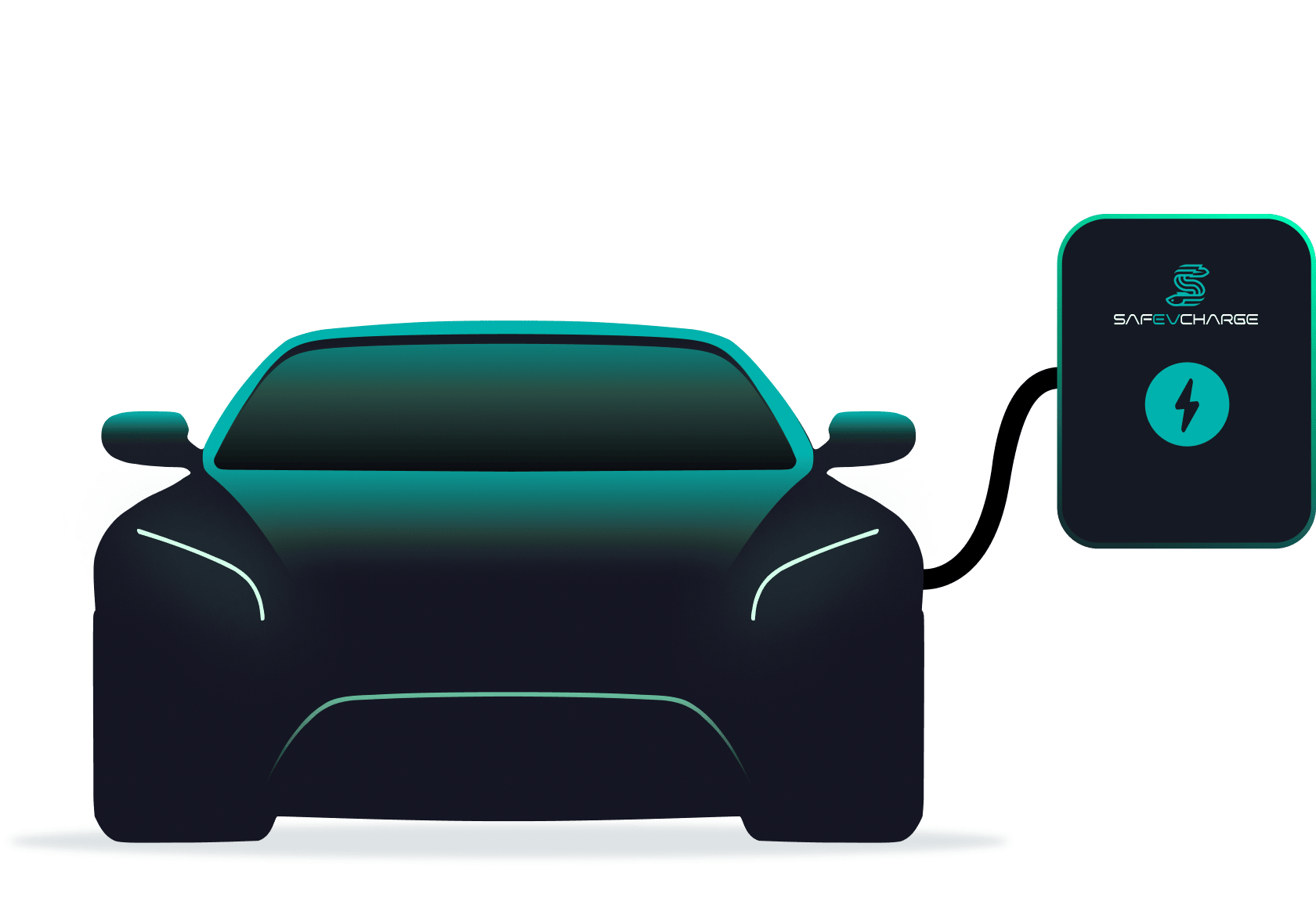
As an electric vehicle (EV) owner, one of the most common concerns is "range anxiety"—the fear that your car's battery will run out of charge before reaching your destination. But with a clearer understanding of how range estimates are calculated and the factors that affect them, you can drive with confidence.
Your vehicle’s range is determined by the balance between battery capacity and driving efficiency. This guide will walk you through how range estimates work, the key factors that influence driving efficiency, and how you can maximize your EV’s range to enjoy a smoother, worry-free journey.
Worried about running out of charge during your drive? Understanding your vehicle's range estimate can help ease those concerns. Here's how the calculation works:
Range Estimate
=
Battery Energy Available (kWh)
Driving Efficiency (kWh/100km)
Simply put, the amount of distance your vehicle can travel depends on how efficiently it uses the energy stored in its battery. Let’s break it down with an example where the available battery energy is 74 kWh:
Several factors can influence how efficiently your electric vehicle consumes energy:
Aggressive acceleration and braking use more energy.
Higher speeds typically reduce efficiency.
Carrying more weight leads to higher energy consumption.
Driving uphill uses more energy compared to flat roads.
Cold or extremely hot temperatures can lower efficiency.
Operating the AC can also impact your vehicle’s range.
Estimating time required to charge to a desired level is essential for planning your trips. Below, we outline simple mathematics with the illustration of Proton e.MAS 7, charging from 20% to 100%.
Charging details
Battery capacity
60 kWh
Max. onboard charging (AC)
11 kW
Current battery level
20%
Target level to charge
100%
Time estimation
Energy required
60 kWh x (100% - 20%)
48 kWh
Time required
48 kW / 11 kW
4 hours 22 minutes
Follow us on
social media
SafevCharge